
|
It's a brilliant universe out there, shimmering with endless lights. The sights of this unending space aren't only epic, but hint at the incredible secrets the universe has in store for the man with the telescope... |
 |
| Here's our Milky Way galaxy, contrasted by a night forest skyline. The Milky Way has a disc-like structure and it was first observed by famous astronomer Galileo Galilei. The Milky Way has a diameter of around 110,000 light years, which means even if you were traveling at the speed of light, it would take you about 110,000 years to get from one end to the other! |
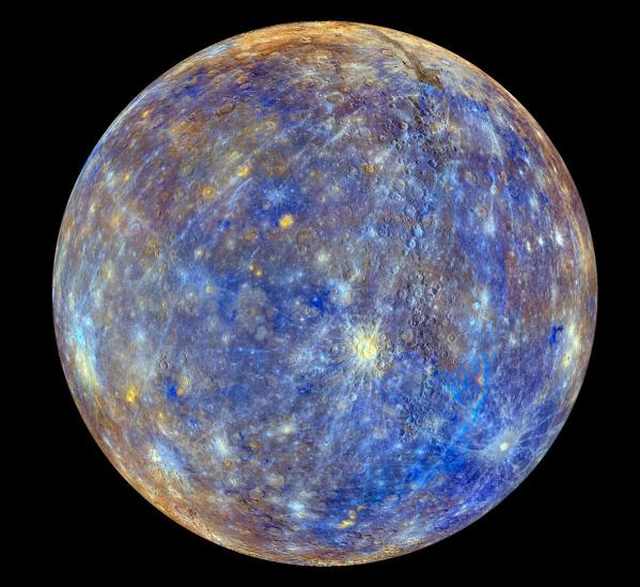 |
| Here we have Mercury, the which is closest to the Sun out of our eight planets (that's right, eight, Pluto is still on time-out.) This image has been filtered to illustrate the rock and mineral makeup of Mercury. Since it's so close to the Sun, the surface temperatures of Mercury can reach around 700 Kelvin, or 800 Fahrenheit! We love the colors and the clarity of this image. |
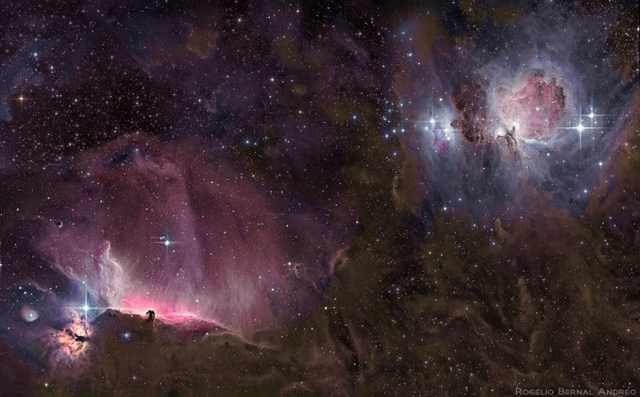 |
| Orion is one of the most recognized constellations in the night sky; it can be seen from around the world. In this constellation, you will find an asterism, or group of stars, commonly referred to as Orion's Belt. In the U.S. you are most likely to get a view of Orion's Belt in January around 9 pm. The combinations of color here are really breathtaking, it's hard to believe this kind of beauty is naturally occurring. |
 |
| This is the butterfly nebula as photographed by the wide Field Camera 3 aboard the Hubble Telescope. The official name of this nebula is NGC 6302, and it's shape is due to it being a bipolar planetary nebula, but because of it's shape it is nicknamed the butterfly nebula. This nebula was first observed by astronomers way back in 1888. |
 |
| Can you guess the location of this crater? It looks like it could be on the moon, but it's actually on Mars, the fourth planet from the Sun in our solar system. This is considered to be a 'fresh' crater because the rim is still sharp and there isn't much erosion, but it could very well be a thousand years old or more. It's only 'fresh' when compared to the relative lifespan of Mars. |
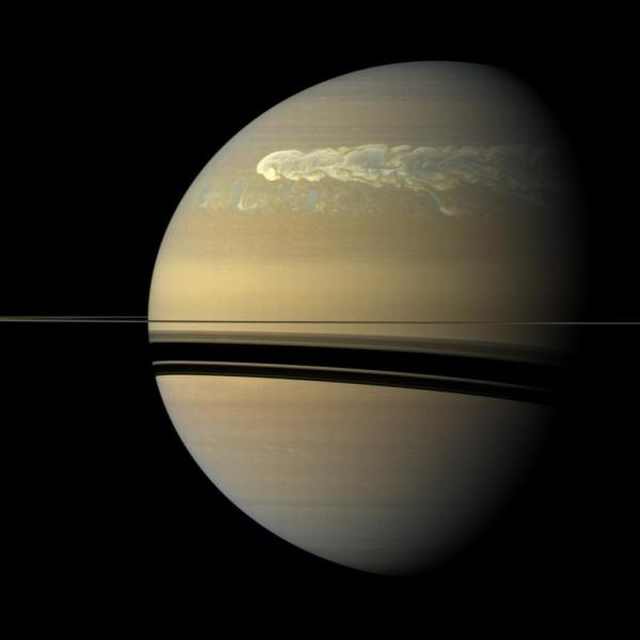 |
| Here's our sixth planet from the Sun, and most people's favorite, Saturn. The fascinating rings on Saturn are what make it a fan favorite. There are twelve rings total, nine are continuous and three are discontinuous, and the rings are composed mainly of ice particles, rocks, and dust. This photo, as seen from the Cassini spacecraft, shows a storm brewing over the northern hemisphere of Saturn. We really love the shadow of the rings, too! |
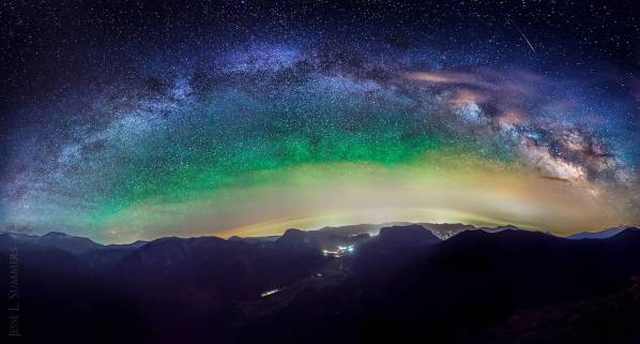 |
| Another breathtaking view of the Milky Way galaxy, this time as seen over the Rocky Mountains. In case you didn't know, the Milky Way galaxy is the one we reside in. Now, we can't get any full-view pictures of the Milky Way because we are inside of it (this would be like trying to photograph the outside of your house while you are standing inside of it) but we get views like this that show us the edge of our galaxy. |
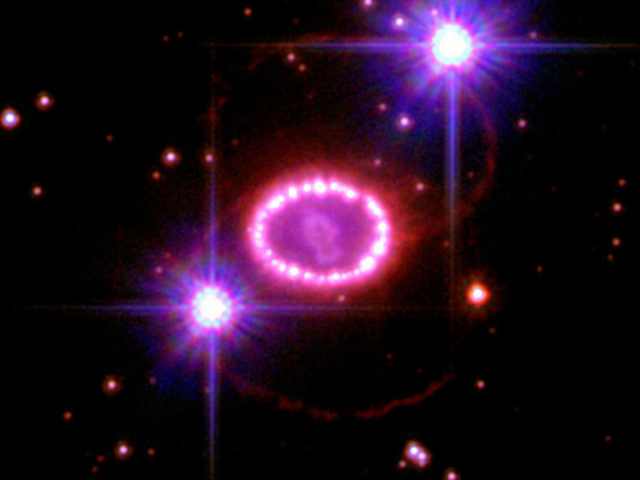 |
| A nova is the explosion of a dwarf star, and aptly enough, a supernova is an even more energetic explosion of a star. To put it concisely, a supernova is basically a star exploding in a giant nuclear reaction; think Hiroshima times about a million. Astronomers first identified this Supernova, 1987A, over twenty years ago and it's still exploding brilliantly in the sky today. |
 |
| This is a star that is several hundred times larger than our sun; the cloudy disc you see surrounding it is outflowing gas. Unlike the other images in the gallery, this one was actually created by a digital artist. But it is an extremely accurate representation of what a supermassive star would look like up close. |
 |
| One more amazing photograph of everyone's favorite planet: Saturn. Can you spot Earth in the background? See that little dot just outside of Saturn's rings, on the left side? That tiny little speck? That's Earth. Really puts things in perspective, huh? We love the way Saturn's rings are reflecting sunlight in this picture. |